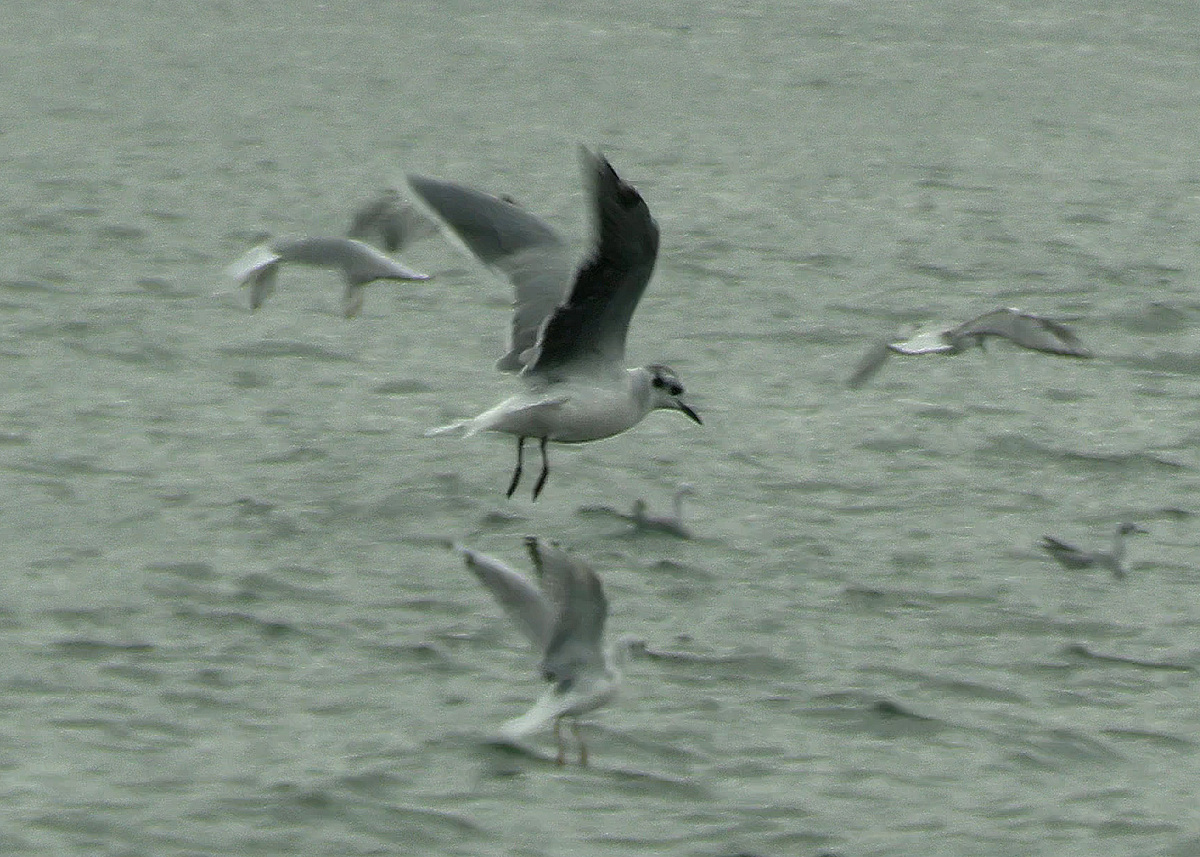For avid birdwatchers, the past month has proven challenging. Just like many others who cherish late summer activities, I had my sights set on three particular outings: observing shorebirds at the South Lubec Sand Flats, hawk-watching atop Cadillac Mountain in Acadia, and embarking on a boat trip to experience the seabirds in Head Harbor Passage, located between Eastport and Campobello.
Despite my best efforts, I fell short of the shorebirding and hawk-watching excursions. An undeniable disappointment. However, I did manage to fulfil one goal: a boat trip with Eastport Charter and Captain Kinny Corthell last Tuesday. This adventure caught the attention of Maine Public, which sent a film crew to document the experience for an upcoming episode of its Borealis television series.
Head Harbor Passage is a remarkable destination. Situated nearer to the Bay of Fundy, renowned for the highest tides worldwide that can reach over 50 feet, this area experiences tidal surges exceeding 20 feet. The powerful currents in the channel create the Old Sow, the largest whirlpool in the Western Hemisphere. This rushing tide brings nutrient-rich food for a diverse array of marine life, including whales, porpoises, seals, and various bird species. Anglers have a fruitful time, often reeling in three mackerel at once from the Eastport pier.
In the bustling waters of Head Harbor Passage, at least nine whale-watching boats operate, with some coming from St. Andrews, New Brunswick. Personally, I’ve enjoyed numerous trips with Eastport Windjammers, run by skipper and owner Butch Harris. Both of his vessels offer a unique experience, making it tough to choose a favorite. Regardless of the boat selected, it’s common to see a plethora of birds during the whale tours.
On Tuesday, our expedition utilized Delkin, Eastport Charter’s 28-foot vessel equipped with dual 300-horsepower outboards. This nimble craft allows for agile maneuvering to get closer to birds and seals alike, while maintaining a respectful distance.
Approaching 800-pound gray seals was an amusing spectacle. These creatures are accustomed to boats but were likely surprised by our inquisitive gazes. Many seals lounged on the ledges, some daringly swam closer for a better look. With the increasing presence of great white sharks in these waters, attracted by the plentiful seal population, it’s understandable that the seals might feel a bit on edge.
The area buzzes with large flocks of gulls and terns, particularly near seal haul-outs. Throughout the year, herring gulls and great black-backed gulls are the most common. However, late summer sees the arrival of thousands of Bonaparte’s gulls. These small, tree-nesting gulls breed near freshwater wetlands across Canada, later migrating to the Atlantic during winter until their breeding grounds thaw in the spring. The abundance of food in Head Harbor Passage can swell their numbers to over 10,000.
During the breeding season, Bonaparte’s gulls sport black heads, similar to four other North American species observed in late summer. While laughing gulls typically migrate south by September, three rarer species make occasional appearances around this time.
The little gull, a Eurasian species, has established tiny colonies in northern regions of North America. I first spotted one 17 years ago on Hudson Bay in Churchill, Manitoba. Although they resemble Bonaparte’s gulls closely, the black underwing of the adult little gull is key for identification amidst their throngs.
Another rarity is the black-headed gull, a European bird that has found its way to Newfoundland, leading to sporadic sightings here. Personally, it’s been a few years since I’ve conclusively identified one.
Then there’s Sabine’s gull, which nests predominantly in remote areas up north and west, making its presence in Maine waters quite uncommon, yet a few still venture to Head Harbor Passage each year.
As the seasons change, distinguishing these gulls becomes increasingly difficult as they lose their distinctive black heads in autumn. During this time, it’s worth noting the black-legged kittiwakes that also flock to the channel in late summer, often joining the massive gatherings of Bonaparte’s gulls.
While the season for wildlife tours will draw to a close soon, it’s not too late to book a trip to Head Harbor Passage. If you’re unable to go this year, consider saving this article as a reminder for next summer’s adventures. Feel free to borrow my must-do list for a memorable journey ahead.






